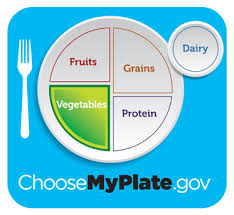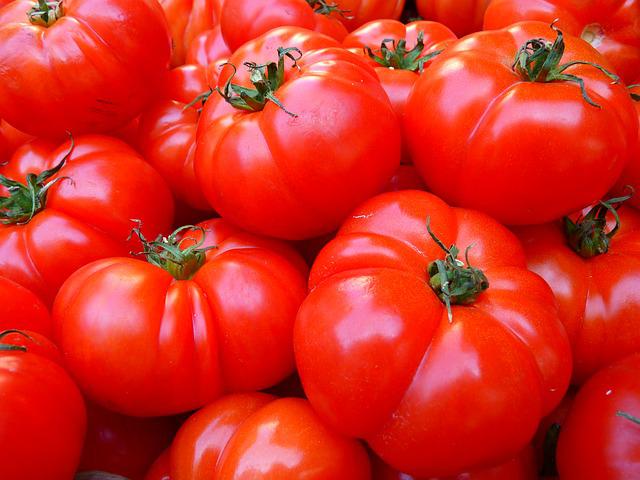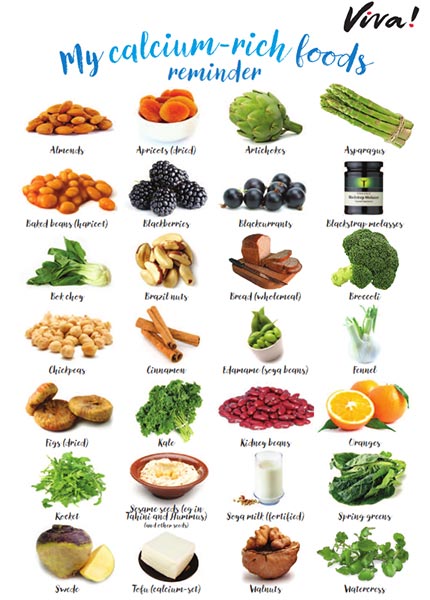
If you are interested in losing weight, consider a caveman diet. This diet involves eating food that was available in prehistoric times. This diet generally does not include cooked foods and has fewer carbs. Following a caveman's diet will help you burn extra body fat while maintaining a balanced amount of energy. Read on for more information about the caveman diet.
The caveman diet includes meat, fish, and dairy products. These products are generally recommended by the MyPyramid which is an updated version the Food Guide Pyramid. Healthy adults should consume no more than three cups per day of low-fat dairy. Even though the caveman diet limits grains, it's important not to forget that whole grains are an important part of a healthy lifestyle. While this diet might sound good for an average person, pregnant women shouldn't eat it because of the potential for adverse effects on their baby's health.

A caveman diet is not for everyone, and it may not work for everyone. You should start slowly and adhere to the guidelines for open meals if this is your first time trying the caveman diet. This will help you stick to the plan and prevent binging. You will need to be able to handle temptations to cheat. Some people struggle to adhere to strict dietary guidelines for the first few weeks. Try it out if you're not sure if this is the right method for you. This will allow you to lose weight.
Some caveman diets do not recommend exercise, but they do encourage people to do some physical activity. Some do not recommend any exercise at all, but others suggest getting outdoors and doing some hunting and gathering. Considering that most of the time during the Paleolithic era was spent hunting and gathering food, it would have taken a lot of physical activity to survive. Therefore, grains are not allowed on a caveman diet.
Caveman diets are easy to follow and require less time. Caveman diets allow people to prepare large batches of soups and stews that can last several days. While the caveman diet can be compared to a ketogenic diet there are some key differences. Apart from the lower carbohydrate requirements, caveman's diet is more restrictive that a ketogenic.

Cavemans do more exercise. Caveman diet requires more activity but contains less processed foods. The caveman diet doesn't care as much about the kind of meat, but more about the fats and protein. It also eliminates both milk and gluten which are common Neolithic foods. While this diet is ideal for those with diabetes, it is not recommended by everyone. This diet is not recommended for everyone.
FAQ
What Amount of Weight Can You Lose In A Week?
Your body fat percentage determines how much weight you are able to lose. The first thing to do is to calculate how much weight you want to lose and then find out what your BMI (Body Mass Index) is. Your BMI (Body Mass Index) tells you how much weight should be lost to reach your goal. If your BMI is 25 or greater, you're overweight. If your BMI reads 30 or more, you are likely obese.
For example, let's say you have a BMI of 28.7 and are 200 pounds. To drop to a healthy range of weight, you will need to lose approximately 70 pounds. To see if you're overweight, visit www.healthyminds.com/bmi/.
This formula can be used to calculate how many pounds you will lose each week once you have determined your BMI.
(Your Goal Weight - Current Weight)/BMI * 7 Number Of Pounds Lost Per Week
For 50 pounds to be lost in one month, it would take 2 weeks of exercise. 56 days is equivalent to 7 pounds per day. That's 8.3 pounds per week.
You could also try this calculator from www.weightlosscalculator.net. It will provide an approximate amount of calories that you would need daily to lose one pound per month.
What is the best type of exercise for busy people to do?
Exercise at home is the best method to stay fit. You don't need to join any gym. It is possible to perform basic exercises at home with minimal equipment.
All you need is a pair dumbbells, mat, chair, and a timer.
You must be consistent with your training. If you are absent for a few weeks, you could lose your motivation.
Try lifting weights three days per week. This is a great place to start. This could include squats, lunges, push-ups, pull-ups, dips, curls, etc.
Once you have mastered the basic movements, it is possible to move on to other types such as running and jumping rope, skipping or yoga, Pilates, dance, swimming, weight lifting, tennis, golf, playing basketball, soccer, volleyball, badminton or squash.
Choose the one that fits your lifestyle. You might avoid exercising if your work hours are long.
If you're a night-owl, you might consider working out in the evenings rather than in early morning.
Remember to listen to your body and stop when you feel tired.
Is there a difference in intermittent fasting and calorie restrictions?
Calorie restriction is when you eat less than your body needs. Intermittentfasting is different as it doesn’t require you to restrict your calories. Instead, Intermittent Fasting is about eating fewer calories per day.
Intermittent fasting can be more effective as it allows you to eat the foods you love and not feel guilty.
However, both methods have their pros and cons. You have to decide which method you prefer.
What foods are good for me to lose weight quickly?
By eating less calories, you can lose weight quicker. There are two methods to accomplish this.
-
Reduce the amount of calories that you consume each day.
-
You can burn more calories through exercise.
Reducing the number of calories you eat is easier said than done. Everywhere you turn, there are many calorie-dense fast foods. Here's a list that will help you lose weight.
-
Beans are high on fiber and protein. They are low in calories, so they're a good choice for people who want to lower their caloric intake.
-
Oatmeal has low calories, but high levels of nutrients such as magnesium and potassium. Oatmeal is lower in sugar than other cereals.
-
Eggs are full of cholesterol and protein. Eggs can be eaten once or twice per week to increase metabolism, which will help you burn more calories during the day.
-
Whole grain bread reduces hunger pangs. This can help you feel fuller and longer.
-
Dark chocolate is rich in antioxidants and flavonoids. These substances have been shown to improve heart health and lower blood pressure.
-
Cottage cheese is high in calcium, which helps to build strong bones. Cottage cheese is also a good source for vitamin D which helps boost immunity.
-
Omega-3 fatty acid rich salmon is good for your brain and cardiovascular health.
-
Green tea contains a lot of catechins. These are compounds that can fight cancer and improve metabolism.
-
Broccoli has a lot of folic, which can lower homocysteine in the blood. A higher risk of developing heart disease and stroke is associated with high homocysteine levels.
-
Yogurt can be a great way for you to get probiotics without having to eat a lot of sugar. Probiotics are essential for digestive health.
-
Berries are a delicious snack option that's also very nutritious. All fruits, including blackberries, blueberries, raspberries, raspberries, cranberries and strawberries, are rich in vitamins and minerals.
-
Avocados are rich in healthy fats. A half avocado has 80 calories but plenty of filling fiber.
-
Nuts are delicious snacks that also provide a lot of protein. Nuts include cashews (almonds), hazelnuts (pecans), walnuts, walnuts, and pistachios.
-
Sweet potatoes are another starchy root vegetable rich in beta carotene. It makes your skin shine. Because they have higher levels of beta carotene, the orange sweet potatoes are more beneficial than regular sweet potatoes.
How to create an exercise program?
You must first create a routine. You must know what you will do each and every day, as well as how long it will take. This helps you plan and prevents procrastination.
A second important thing to do is ensure you have lots of variety when it comes to your exercise routine. Avoid becoming bored with exercise. If you do, it will be difficult to keep going.
You should also keep track of how you are progressing. It's crucial to track your weight changes over time.
If you lose weight and then gain more weight, it is easy to lose your motivation. You may find it difficult to stay motivated if your weight increases.
Try to strike a balance in your weight loss and weight gain. If you're not happy with where you are, then you'll be less likely to continue exercising.
Statistics
- According to Harvard Health, it's estimated that a 155-pound (70-kg) person burns around 167 calories per 30 minutes of walking at a moderate pace of 4 mph (6.4 km/h) (5). (healthline.com)
- According to Harvard Health, it's estimated that a 155-pound (70-kg) person burns roughly 112 calories per 30 minutes of weight training (5). (healthline.com)
- Among women, the increase in metabolic rate was nearly 4%, or 50 more calories per day (14Trusted Source (healthline.com)
- Another study found that 24 weeks of weight training led to a 9% increase in metabolic rate among men, which equated to burning approximately 140 more calories per day. (healthline.com)
External Links
How To
How to lose weight fast without exercise
Fast weight loss is possible by eating fewer calories than you burn. This will encourage your body's ability to use fat stores as energy. If you do not consume enough calories, your body will begin to break down muscle tissue to use for energy, which means you'll see some muscle loss. While you can still lose weight, if your diet doesn't include exercise, you'll likely lose even more muscle mass.
The key to losing weight fast without working out is to reduce your calorie intake. It is common for people to believe that they must cut down on their food intake in an effort to lose weight. If you are looking to lose weight, it is important to consume fewer calories per day than you burn. So what should you be eating each day? It all depends on what activity you do daily. For example, a runner who walks 3 to 5 miles per day would only require 2,500 calories daily. Someone who works at a desk all day long would require around 1,600 calories daily. An individual who exercises, like lifting weights, would consume around 2,000 calories each day.
To lose excess weight, you need to cut back on your caloric intake. Many people believe they should eat less food to feel better. But this isn't the case. Your body doesn’t care what you eat; it wants to function properly. It is important to monitor your calorie intake in order to lose extra weight. Many online apps allow you to track your calorie intake. You can use these apps to monitor your calorie intake, such as MyFitnessPal, Calorie Counter and LoseIt!